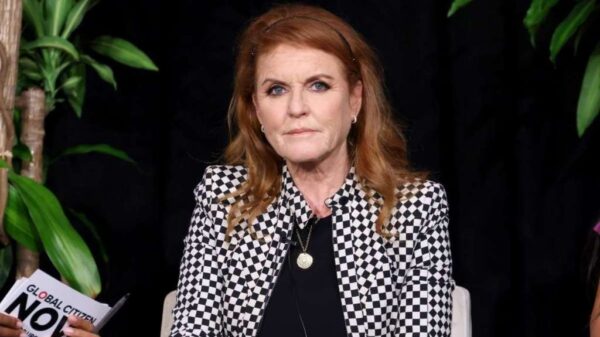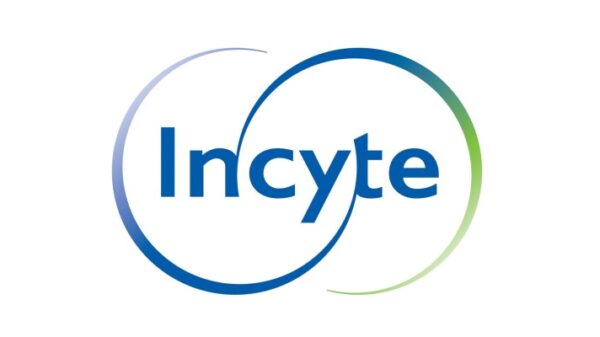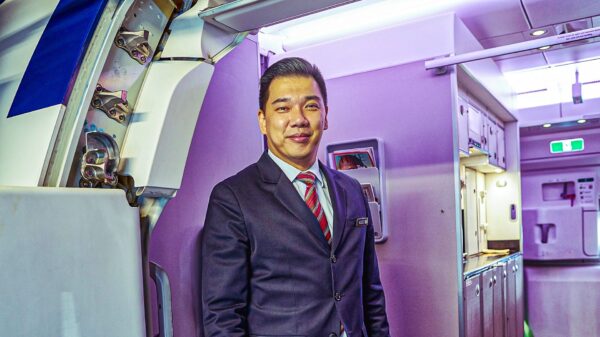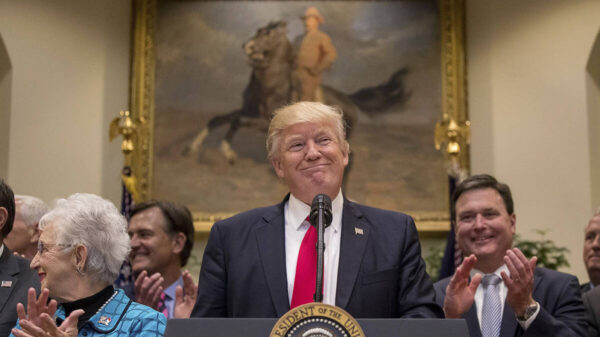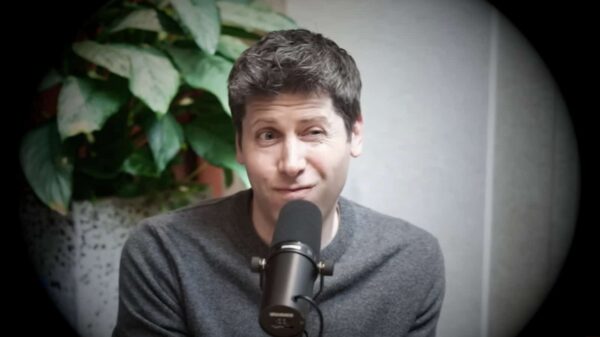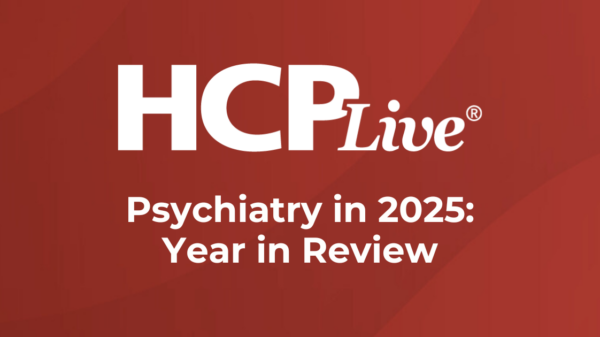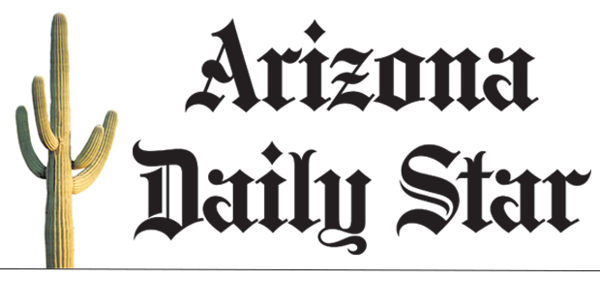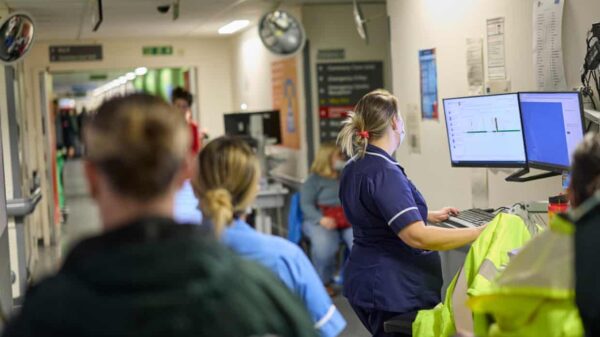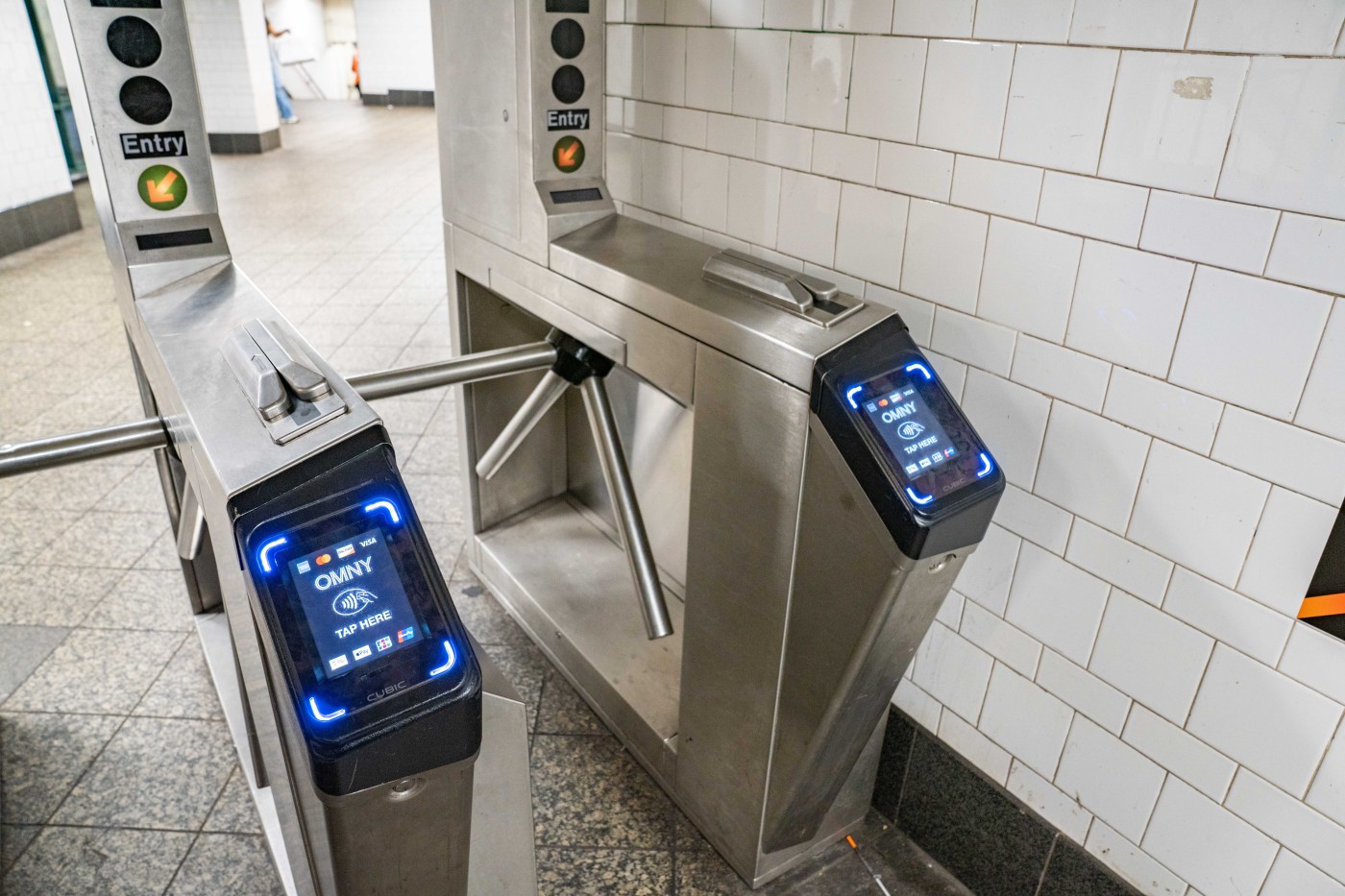New York City’s subway and bus fare will increase from $2.90 to $3.00 starting January 2024. This dime rise, while not welcomed by all, is deemed necessary to maintain a functioning transit system. The last fare adjustment occurred two years ago, aligning with the concept of regular increases tied to inflation, known as the Ravitch Rule. Named after former MTA chairman Dick Ravitch, this principle advocates for periodic fare hikes to ensure a stable revenue stream for public transportation.
Despite the fare increase, some officials, including Mayor Eric Adams, oppose the change as he campaigns for reelection. This dynamic often complicates necessary decisions regarding transit funding. Historically, delays in fare hikes have led to significant increases, causing financial strain on commuters and the system itself. The Ravitch Rule aims to prevent such situations by promoting steady, manageable fare adjustments.
In addition to the fare increase, the MTA plans to phase out the MetroCard system in favor of the new OMNY system, which enables payment through a dedicated card, credit or debit cards, and smartphones. While the transition aims to modernize fare collection, it has raised concerns among riders who prefer cash or lack access to electronic payment methods. Currently, the MetroCard remains operational, but the MTA is reducing the number of vending machines, making it increasingly difficult for passengers to refill their cards.
The upcoming fare hike is not the only recent change in transit policies. After years of complaints about additional surcharges for NJ Transit rail passengers traveling to Newark Airport, the agency eliminated this fee on July 1, 2022. This adjustment was welcomed by commuters who had long considered the surcharge unfair.
Public hearings regarding the fare increase have been criticized for their limited scope. The MTA is hosting only three sessions within a 24-hour period in downtown Brooklyn, which may hinder participation from residents in other boroughs or outlying areas who wish to voice their opinions. Advocates argue that more accessible forums are necessary to ensure all riders can engage in discussions about fare changes.
As the MTA prepares for the new fare structure and the transition to the OMNY system, the focus remains on balancing revenue needs with the delivery of quality service. The success of these changes hinges on cooperation between the MTA, local government, and the commuting public. Ensuring a reliable and effective transit system is crucial for New York City’s future, and while fare increases are a necessary aspect of this equation, maintaining open lines of communication with riders is equally important.





